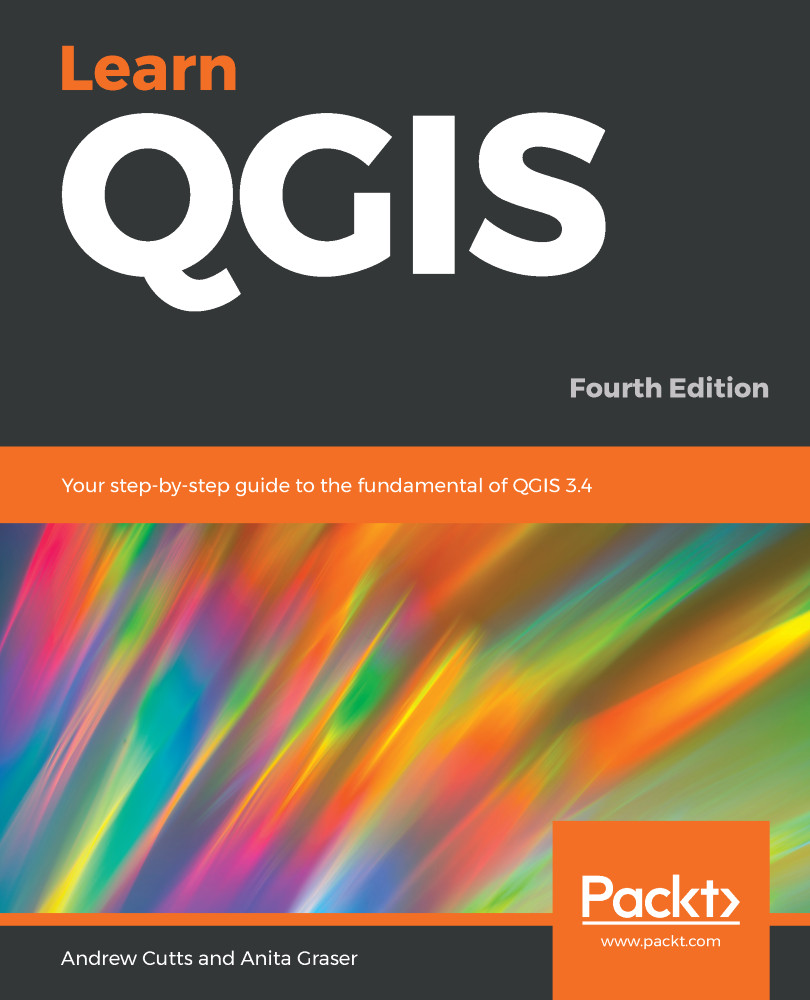We are going to start by loading data into QGIS 3.4. You may have some of your own data that you wish to use, but all of the techniques are applicable to any GIS data you have. We will use the QGIS sample data for these examples. Over the following chapters, we will use the sample dataset to eventually build maps.
Download the QGIS sample data from https://qgis.org/downloads/data/ and look for the qgis_sample_data.zip file. Download and extract this data to a folder on your computer.


